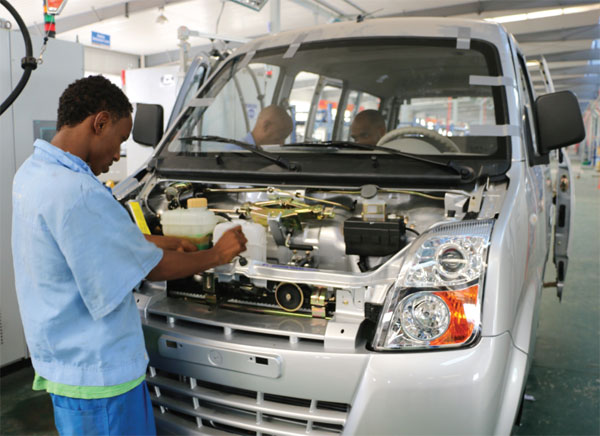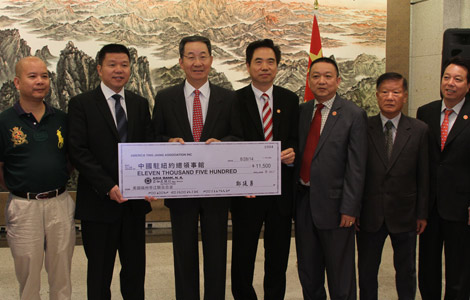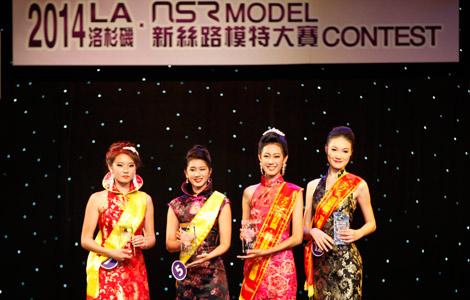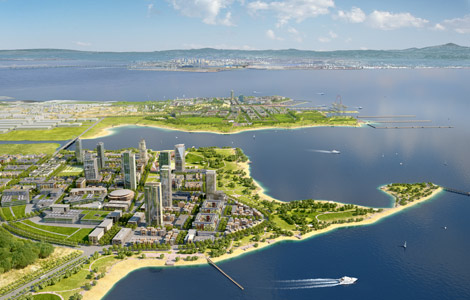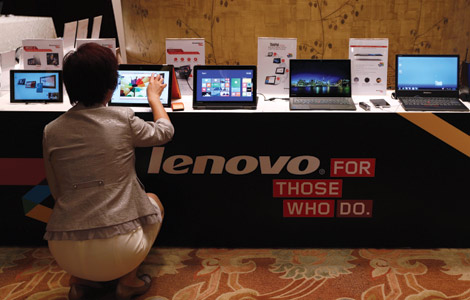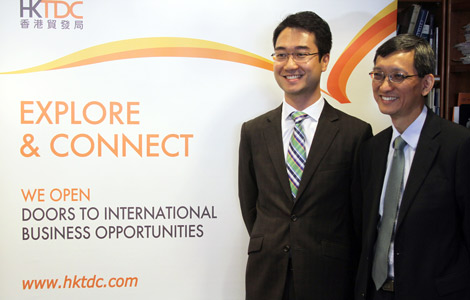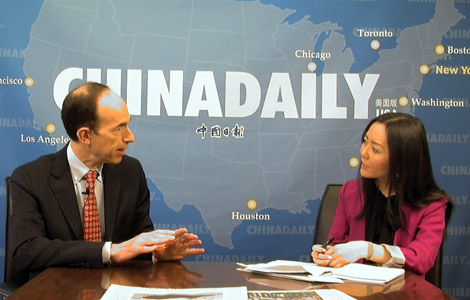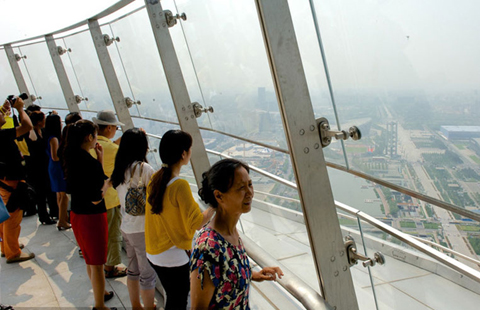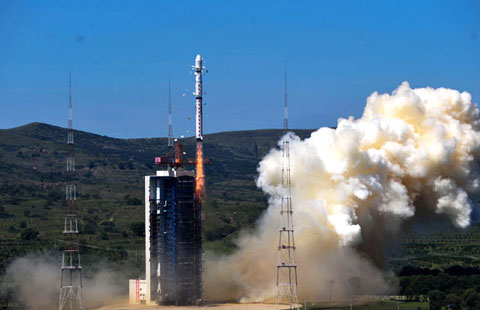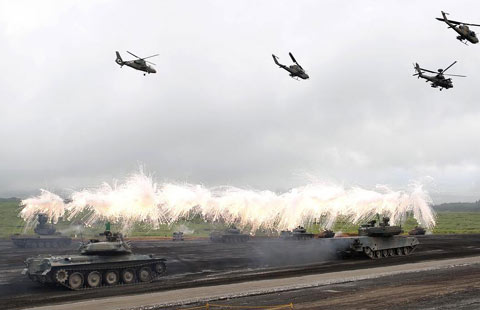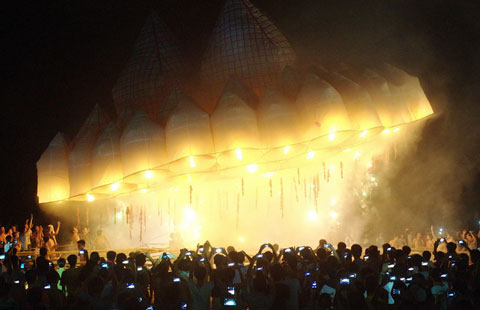Chinese optimism in Ethiopia
Updated: 2014-08-29 12:32
By Chen Weihua(China Daily USA)
|
|||||||||
|
A worker assembles micro vans at Lifan Motors Ethiopia. The company has the capacity to build 3,000 vehicles a year in Ethiopia with a single production shift. |
Ethiopia's attractiveness
For labor intensive industries like shoe making, Ethiopia's cheap labor provides an opportunity for Chinese companies to stay competitive in the global marketplace as labor costs have soared in China to almost nine or 10 times the Ethiopian level.
That is one of the main reasons that Huajian Shoes has also been planning for its own light industry park with the potential to employ at least 50,000 local workers. The company has secured a piece of land in Lafto, southwest of the capital, to build not just modern factories, but also classy residential, hotel and shopping facilities in the next five to 10 years.
The other attraction has been the Horn of Africa nation's easy access to the US and European markets, where Chinese exports often face quotas and anti-dumping charges.
For Liu Jiang, general manager of Lifan Motors Ethiopia, the long-term market prospect in the second most populous African nation is quite bright.
He said that if the Ethiopian government curbs the market for imported used vehicles, it will provide substantial opportunity for new car makers such as his.
"If we are lucky to have 20, 30 or 40 percent of maybe a 10,000-plus car market each year, that is not bad," he said.
The market potential could be even bigger, he adds, given that the country's GDP has grown at double digits for more than a decade and is still growing about 7 and 8 percent. Ethiopia could also be a gateway to neighboring countries such as Kenya and Uganda, according to Liu.
Multiple challenges
For most Chinese companies, investing and operating in Ethiopia is not smooth sailing. And that is certainly true for Zhou Weiming, head of the Dongfang Spinning Printing and Dyeing PLC in the EIZ.
Although the labor cost is cheaper, the 250 local workers at his factory had no experience in the textile industry before joining the company. They have to be trained from the beginning by some 40 workers from China.
"We are trying to train several local workers to be team leaders and supervisors, but it will be quite some time before we can handle the operation completely to the local staff," Zhou said.
He acknowledges that so far lower production costs have not been as much as expected because the factory has to hire more workers to do the same amount of work required in China.
Unlike workers back in China, local Ethiopian workers are usually not enthusiastic about working overtime even if that means more pay, a cultural difference that Zhou and many Chinese company executives in the EIZ feel strongly about. Instead, quite a few workers like to ask for a day off right after payday to enjoy life.
Dongfang Spinning, which produces scarves and fabrics for the Middle East, US and European markets, plans to expand its capacity greatly in the coming years to occupy a factory equivalent to 120,000 square meters, potentially hiring several thousand local workers.
However, Zhou said slow customs clearance has hurt production and inadequate infrastructure - such as power outages and a poor highway system leading to the port in neighboring Djibouti - also pose a challenge to doing business.
Wei Zhijin, deputy general manager of the Zhongshun Cement in the EIZ, said the Ethiopian labor law has been too protective of workers. "It makes firing extremely difficult even with good and justified reasons. And you can only raise pay and not cut pay," he said. Zhongshun Cement has 90 Ethiopian workers and 15 Chinese.
Besides the labor law, Liu of Lifan Motors also pointed to Ethiopia's inadequate infrastructure and rigid tax regime.
The first railway linking Addis Ababa to the nearest port in Djibouti, where 70 percent of the trade comes from landlocked Ethiopia, is still two years from full operation. It is being built by a Chinese company.
For Lifan, Ethiopia's high tariffs and high consumption taxes have often made assembling cars with imported parts more costly than imported cars.
For example, the Lifan X600, a compact SUV, is sold for about 80,000 yuan ($13,000) in China, but in Ethiopia the price is driven up to 200,000 yuan by various tariffs and taxes.
Most Viewed
Editor's Picks

|

|

|
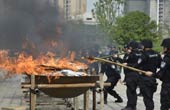
|

|

|
Today's Top News
Bay Area takes lessons from Napa quake
US urged to stop recon
US firm partners with stevia maker
Microsoft CEO 'en route to Beijing'
US, China to parley on extradition of criminals
US rice could see potential market in China
China accuses US over 'close-in reconnaissance'
EB-5 visa ceiling is short-term, expert says
US Weekly

|

|
